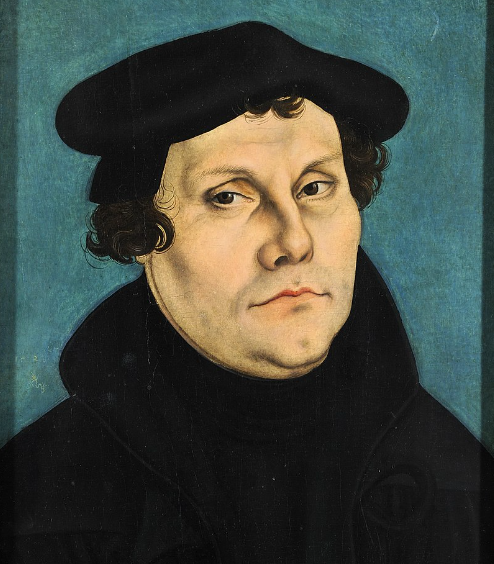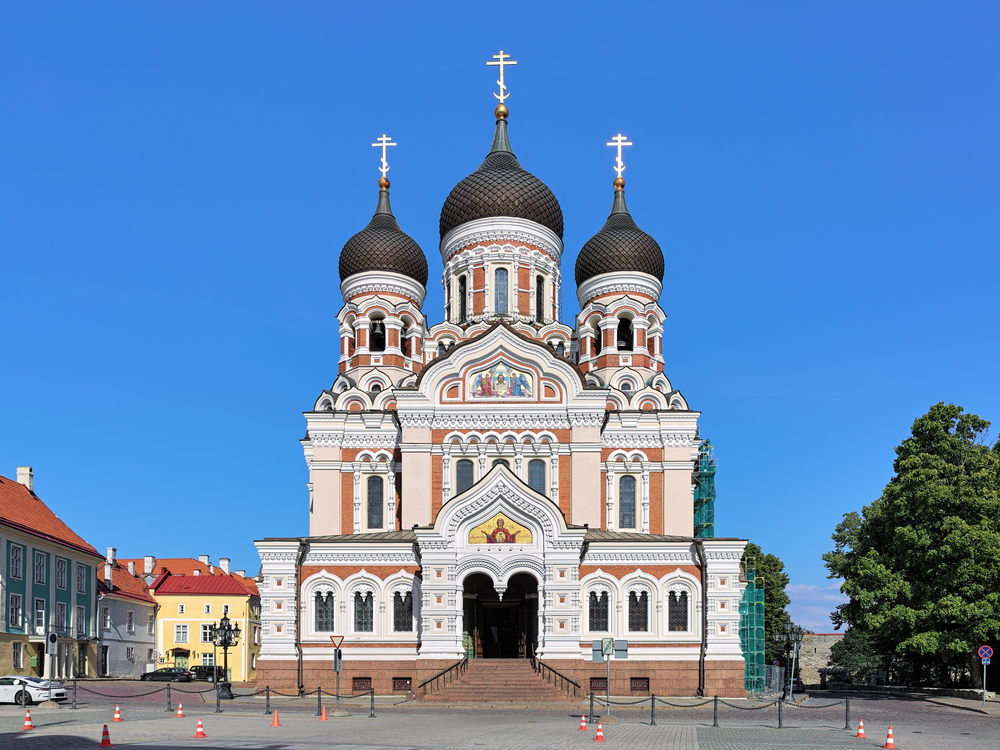 Estonia Religion Historical Timeline
Estonia Religion Historical Timeline
Note: The historical timeline and events provided offer a glimpse into the major developments and dynamics of religion in Estonia, but it is not an exhaustive account of the country's complex religious fabric.
Prehistory - Indigenous Beliefs
During prehistoric times in what is now Estonia, the land was inhabited by various indigenous peoples, including the ancestors of the Estonians, Livonians, and Finno-Ugric tribes. These indigenous communities had their own distinct religious beliefs and practices, often centered around the worship of nature, spirits, and deities associated with the land, forests, and water. Rituals, sacrifices, and ceremonies were performed to seek protection, fertility, and the well-being of the community.
13th Century - Christianization and Teutonic Order
In the 13th century, Estonia was conquered by the Teutonic Order, and Christianization efforts began. The Teutonic Knights and German merchants introduced Christianity, particularly Roman Catholicism, to the region. Churches and monasteries were built, and the indigenous pagan practices gradually gave way to Christianity.
16th Century - Protestant Reformation
In the 16th century, the Protestant Reformation spread to Estonia. Martin Luther's teachings gained popularity, and the Lutheran Church became the dominant Christian denomination. The Reformation led to significant changes in religious practices and the organization of the church, as well as the translation of the Bible into the Estonian language.
17th and 18th Centuries - Swedish and Russian Rule
During the 17th and 18th centuries, Estonia was under Swedish (1561–1710) and later Russian rule (1710–1917). Both Sweden and Russia promoted their respective branches of Christianity (Lutheranism and Eastern Orthodoxy) in the region. The Orthodox Church gained some influence, particularly among the Russian-speaking population in Estonia.
19th Century - National Awakening and Religious Revival
In the 19th century, Estonia experienced a national awakening and a revival of Estonian culture and identity. This period also witnessed a renewed interest in indigenous beliefs and the preservation of local folklore. Estonian nationalist movements, such as the Young Estonia movement, emphasized the importance of cultural and spiritual heritage, contributing to a sense of national identity.
20th Century - Independence and Religious Freedom
1920: Estonia gained independence from Russian rule. The country's constitution guaranteed religious freedom and the separation of church and state. Various Christian denominations, including Lutheranism, Orthodoxy, and Catholicism, coexisted in the newly established Republic of Estonia.
1940–1991: Estonia was under Soviet rule, and religious practice faced significant challenges. The Soviet regime imposed atheism as the state ideology and suppressed religious institutions. Churches were closed, clergy were persecuted, and religious activities were tightly controlled. Many Estonians maintained their religious beliefs in secret or faced persecution for their faith.
1991: Estonia regained its independence from the Soviet Union. With independence came a resurgence of religious freedom and a revival of religious practices. Churches reopened, and religious organizations regained their autonomy. The post-Soviet period witnessed a rediscovery of Estonian indigenous beliefs and the establishment of new religious movements and spiritual practices.
Present Day
Estonia is characterized by religious diversity and a secular society. The Lutheran Church remains the largest religious denomination, but other Christian denominations, such as the Orthodox Church and Catholicism, have significant followings. Estonia also has communities of other religions, including various Protestant denominations, Judaism, Islam, and Neopaganism. Secularism and respect for individual beliefs are integral to Estonian society.
Copyright © 1993—2025 World Trade Press. All rights reserved.



